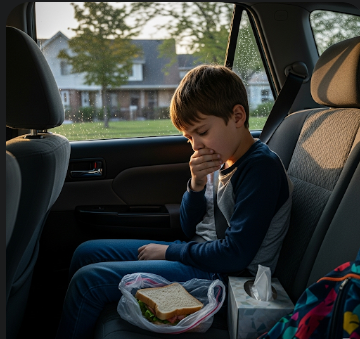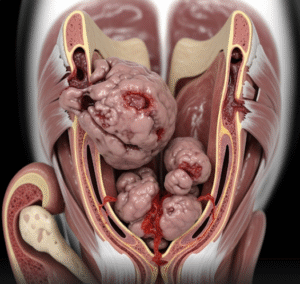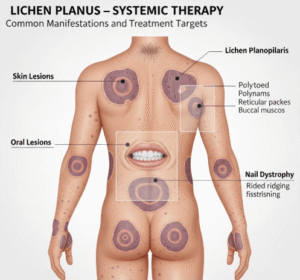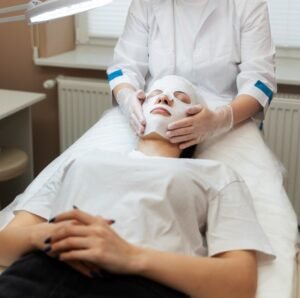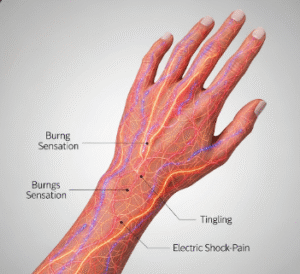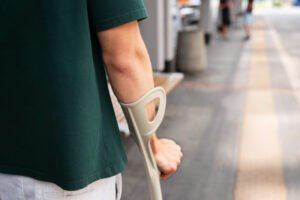Overview
Car sickness, medically referred to as motion sickness, is a condition where the brain receives conflicting signals from the inner ear, eyes, and sensory nerves, causing discomfort during travel in a car, bus, plane, or boat. Children, teenagers, and sensitive adults are particularly prone to this condition. Symptoms range from nausea and dizziness to sweating and fatigue, and in severe cases can interfere with travel and daily activities. In Korea, clinics and hospitals provide diagnostic evaluation, preventive strategies, and treatment options to help individuals manage and overcome car sickness effectively.
Key Facts
▶ Prevalence: Common in children and adults; up to 30% of people are affected in varying degrees.
▶ Causes: Motion-induced sensory conflict, inner ear disturbances, or sensitivity to visual cues.
▶ Associated Symptoms: Nausea, vomiting, dizziness, sweating, pallor, headache, and fatigue.
▶ Treatment Options in Korea: Medication, behavioral strategies, vestibular therapy, and preventive counseling.
▶ Duration: Symptoms usually appear during travel and resolve after motion stops.
What is Car Sickness?
Car sickness is a type of motion sickness caused by a sensory mismatch:
▶ Sensory Conflict: Eyes perceive stationary objects (inside car) while inner ear senses movement.
▶ Vestibular System Involvement: Inner ear balance organs detect motion changes, contributing to nausea and dizziness.
▶ Types of Motion Sickness: Car sickness, seasickness, airsickness, and simulator sickness.
▶ Triggers: Long journeys, reading in the car, irregular head movements, or sitting backward.
Note: Car sickness is a functional disorder; it does not usually indicate a serious medical condition but can significantly impact comfort and quality of life during travel.
What Symptoms Are Related to Car Sickness?
▶ Nausea: Feeling queasy, often preceding vomiting.
▶ Vomiting: Can occur in severe cases or prolonged exposure to motion.
▶ Dizziness or Vertigo: A sensation of spinning or imbalance.
▶ Sweating: Cold, clammy skin may develop as a reaction to nausea.
▶ Pallor: Pale complexion due to autonomic nervous system activation.
▶ Fatigue or Sleepiness: Feeling tired or lethargic during or after travel.
▶ Headache or Eye Strain: Discomfort from conflicting sensory input.
▶ Increased Salivation: Often accompanies nausea and vomiting.
What Causes / Possible Causes
Car sickness arises primarily from sensory conflicts and individual susceptibility:
▶ Sensory Mismatch: Inner ear senses movement, eyes perceive motion differently.
▶ Vestibular System Sensitivity: Inner ear balance organs react strongly to motion stimuli.
▶ Visual Focus Issues: Reading or looking at stationary objects in a moving vehicle.
▶ Postural Instability: Sitting in a position that increases motion perception.
▶ Genetic Susceptibility: Family history increases likelihood of motion sickness.
▶ Anxiety or Stress: Emotional factors can exacerbate symptoms.
▶ Hormonal Factors: Women may experience increased sensitivity during menstruation or pregnancy.
▶ Medications: Some drugs affecting the inner ear or CNS may increase risk.
Note: Certain conditions like migraine or vestibular disorders may worsen motion sickness symptoms.
When Should I See a Doctor?
▶ Persistent Motion Sickness: Symptoms do not improve with preventive measures.
▶ Severe Nausea or Vomiting: Leading to dehydration or inability to function.
▶ Associated Dizziness or Vertigo: Persistent imbalance beyond travel duration.
▶ Suspected Vestibular Disorders: Recurring episodes unrelated to car travel.
▶ Medication Considerations: If symptoms interfere with daily life and require long-term pharmacologic support.
▶ Children or Elderly: Severe symptoms affecting growth, nutrition, or mobility.
▶ Migraine or Neurological Concerns: When motion sickness coexists with frequent headaches or neurological symptoms.
Tip: Korean clinics offer specialized evaluation to distinguish car sickness from vestibular or neurological disorders.
Care and Treatment
Management focuses on preventing sensory conflict and relieving symptoms:
▶ Seating Position: Sit in the front seat or near the vehicle’s center; face forward and focus on the horizon.
▶ Visual Strategies: Avoid reading or looking at stationary objects inside the car.
▶ Fresh Air: Open windows or use air conditioning to reduce stuffiness.
▶ Behavioral Techniques: Slow head movements, avoid sudden turns, and practice relaxation techniques.
▶ Hydration and Snacks: Small, light meals; avoid heavy, greasy foods before travel.
▶ Acupressure or Wristbands: Some find relief using pressure points or motion sickness bands.
▶ Medications: Antihistamines (e.g., dimenhydrinate, meclizine) or prescription drugs for severe cases.
▶ Gradual Exposure: Short trips gradually increasing duration to reduce sensitivity.
Treatment Options in Korea
Medical Evaluation:
▶ Vestibular Assessment: Tests for inner ear function and balance.
▶ Neurological Examination: Rule out underlying disorders causing dizziness or nausea.
▶ History and Symptom Diary: Identify triggers, frequency, and severity.
▶ Laboratory Tests: Rarely needed but may check for dehydration or electrolyte imbalance.
Advanced Therapies:
▶ Medication Therapy: Tailored antihistamines or antiemetics for frequent travelers.
▶ Vestibular Rehabilitation: Exercises to retrain balance and reduce motion sensitivity.
▶ Behavioral Counseling: Strategies for children or adults to cope with anticipatory anxiety.
▶ Acupuncture or Alternative Therapies: Offered in some Korean clinics to manage motion-induced nausea.
Rehabilitation & Support:
▶ Patient Education: Guidance on preventive measures, travel strategies, and lifestyle adjustments.
▶ Follow-Up Care: Monitor symptom control and adjust therapy as needed.
▶ Specialist Clinics: Korean hospitals provide integrated care combining ENT, neurology, and pediatric expertise for comprehensive motion sickness management.
Outcome: With proper preventive measures and timely treatment in Korea, car sickness can be effectively controlled, ensuring comfortable travel, reduced nausea, and improved quality of life for children and adults alike.

